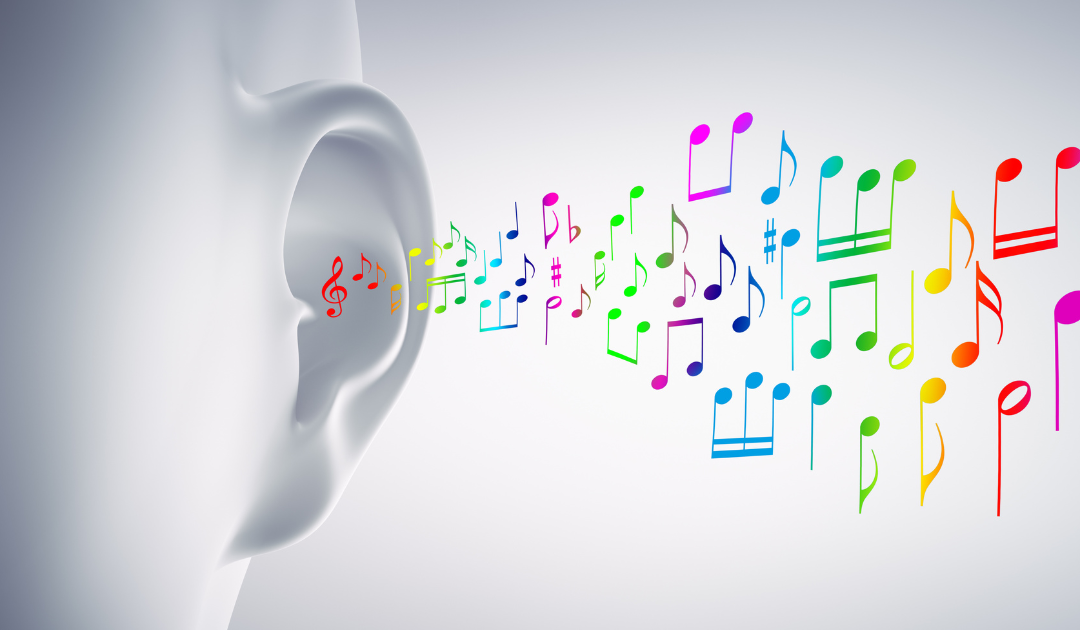Have you ever found yourself involuntarily humming a catchy tune, unable to shake it off? Those persistent musical fragments that loop incessantly in your mind are called “earworms.” These melodic snippets, often triggered by a song you’ve recently heard, can be both captivating and frustrating. But have you ever wondered: How do earworms work? In this article, we delve into the intriguing world of earworms, exploring their mechanisms and shedding light on why they’re so hard to escape.
The Science Behind Earworms
Earworms are a curious phenomenon that merges the realms of psychology and neuroscience. While earworms are common, their exact mechanisms aren’t fully understood. However, research provides valuable insights into their origin and persistence.
1. Automatic Brain Activation
One theory suggests that earworms occur due to automatic brain activation. When you listen to music, your brain processes it in multiple regions, including the auditory cortex and the brain’s reward centres. Certain aspects of a song, such as a catchy melody or repetitive rhythm, can trigger neural patterns that remain active even after the music stops. This persistent neural activity might lead to the “stuck in your head” feeling.
2. The Zeigarnik Effect
The Zeigarnik Effect, a psychological phenomenon, might also play a role in earworms. This effect occurs when people remember unfinished or interrupted tasks more vividly than completed ones. In the context of earworms, if your brain gets hooked on a musical snippet, it could keep replaying it in an attempt to “complete” the musical sequence.
3. Memory Associations
Memories and emotions are tightly linked to music. Hearing a song can evoke strong memories and feelings associated with the time and place you first heard it. These emotional connections can enhance the likelihood of an earworm forming, as your brain tries to recreate the emotions linked to the tune. In advertising creating an earworm via a distinctive musical “jingle” for TV or radio works particularly well for products which can be associated with rewards. Therefore commercials for food and holidays will actively aim to incorporate an earworm because they will light up areas in the brain associated with hunger or food-cravings, and the areas which store memories of happiness and relaxation. A good advertising “jingle” can be remembered for many years.
4. Cognitive Resources and Repetition
Researchers believe that earworms might emerge when cognitive resources are relatively free. Engaging in tasks that don’t demand your full attention, like driving or doing household chores, can provide an opening for earworms to take hold. Repetition of the musical pattern also contributes to the phenomenon, as it reinforces the neural pathways associated with the earworm.
The Brain’s Role in the Earworm Experience
Functional magnetic resonance imaging (fMRI) studies have shed light on the brain’s involvement in the earworm experience. A study published in the journal Psychomusicology: Music, Mind, and Brain in 2015 used fMRI scans to examine brain activity during the experience of earworms. The results indicated increased activity in brain regions associated with introspection, memory, and emotion processing, offering further insights into why earworms can be so captivating.
Coping with Earworms
As earworms can be both entertaining and intrusive, finding ways to manage them is essential. Several strategies have been suggested:
- Engage with the Earworm: Sometimes, consciously listening to the earworm can help your brain “complete” the musical pattern, leading to its resolution.
- Distract Yourself: Engage in mentally demanding tasks to redirect your brain’s resources away from the earworm.
- Replace the Earworm: Listen to a different song or melody to replace the stuck tune.
- Chew Gum: Some studies suggest that chewing gum can interfere with auditory imagery and potentially disrupt the earworm’s loop.
Conclusion: The Melodic Mysteries of the Mind
Earworms continue to intrigue researchers and music enthusiasts alike. While the exact mechanisms behind earworms remain multifaceted, the interplay between automatic brain activation, memory associations, and cognitive resources appears to be central to their occurrence. Whether you find earworms delightful or bothersome, they undoubtedly showcase the fascinating ways in which our brains interact with music and memory.
As research continues we’re likely to gain a more comprehensive understanding of these melodic mysteries. Until then, the next time you find yourself humming a tune you just can’t shake off, remember that your brain’s intricate neural networks are at play.
References:
1. Beaman, C. P., & Williams, T. I. (2010). Earworms (stuck song syndrome): Towards a natural history of intrusive thoughts. British Journal of Psychology, 101(4), 637-653.
2. Janata, P., & Paroo, K. (2006). Acuity of auditory images in pitch and time. Perception & Psychophysics, 68(5), 829-844.
3. Liikkanen, L. A. (2012). Music in every mind: Commonality of involuntary musical imagery. PLOS ONE, 7(5), e38173.
4. Jakubowski, K., Farrugia, N., & Stewart, L. (2015). The earwormery: Investigating the return of the earworm in everyday life. PLOS ONE, 10(6), e0127577.
5. Farris, R., & Ohrn-McDaniel, L. (2015). Earworms (stuck song syndrome): Exploring the causes, characteristics, and treatments. Psychomusicology: Music, Mind, and Brain, 25(4), 362-371.
6. Salimpoor, V. N., Benovoy, M., Larcher, K., Dagher, A., & Zatorre, R. J. (2011). Anatomically distinct dopamine release during anticipation and experience of peak emotion to music. Nature Neuroscience, 14(2), 257-262
